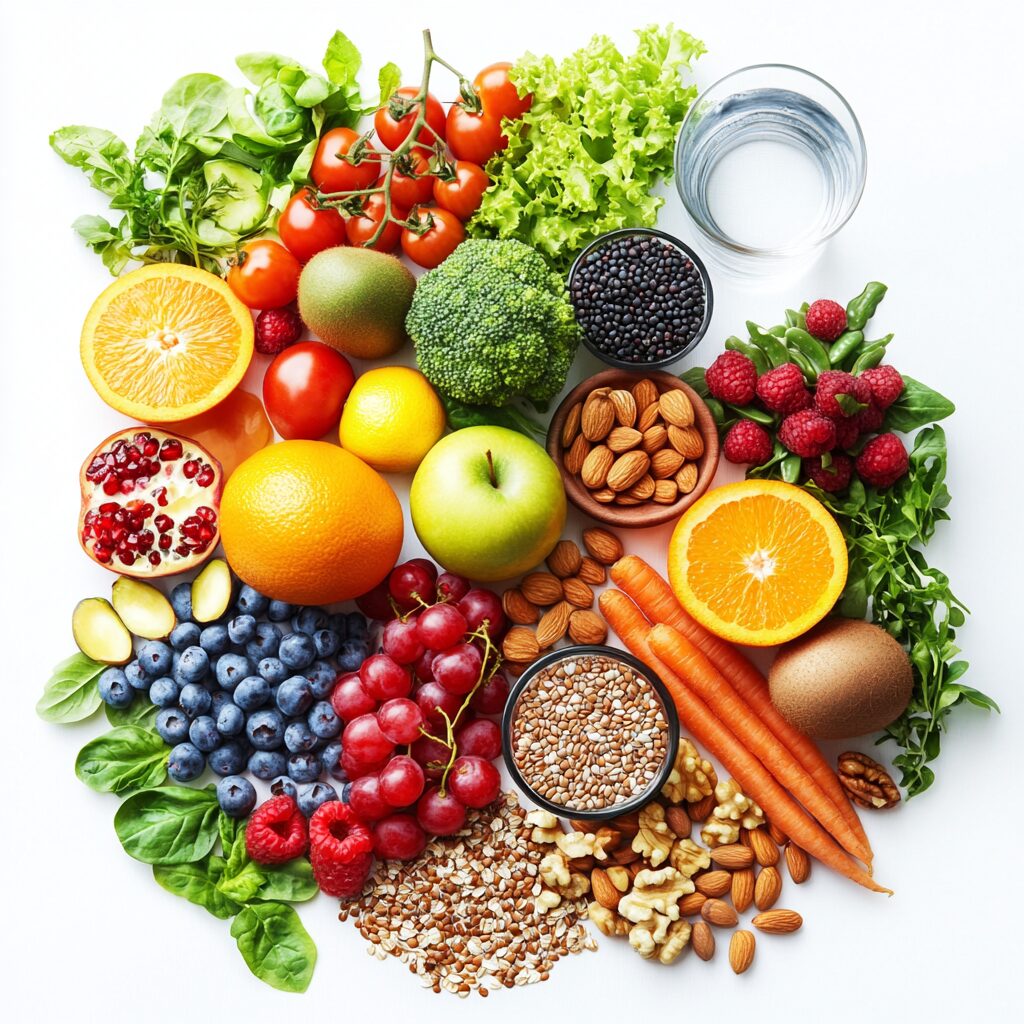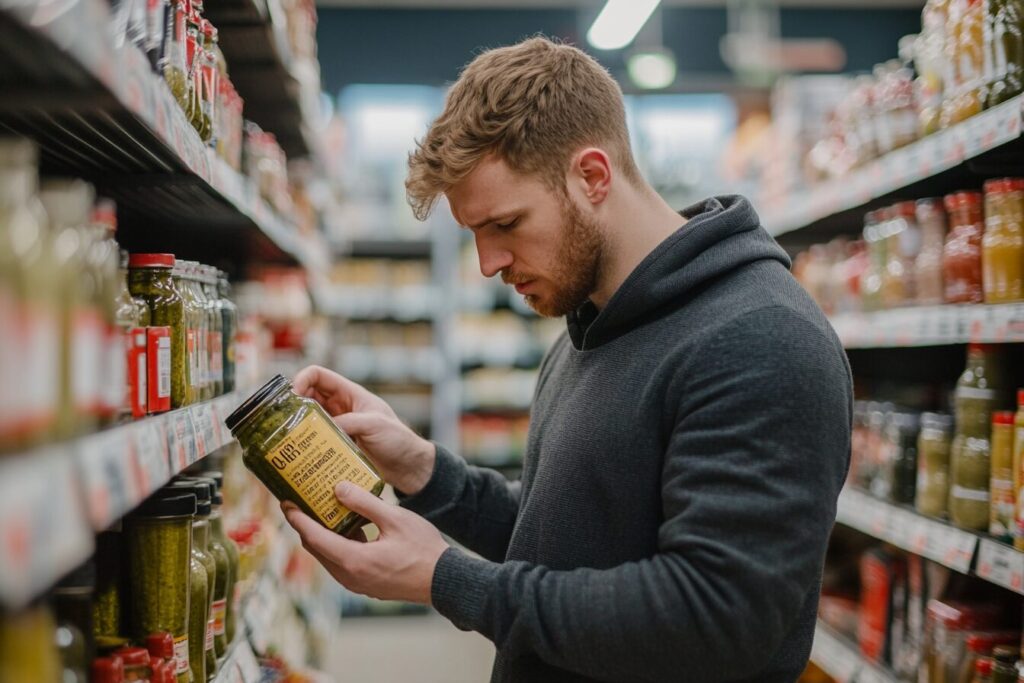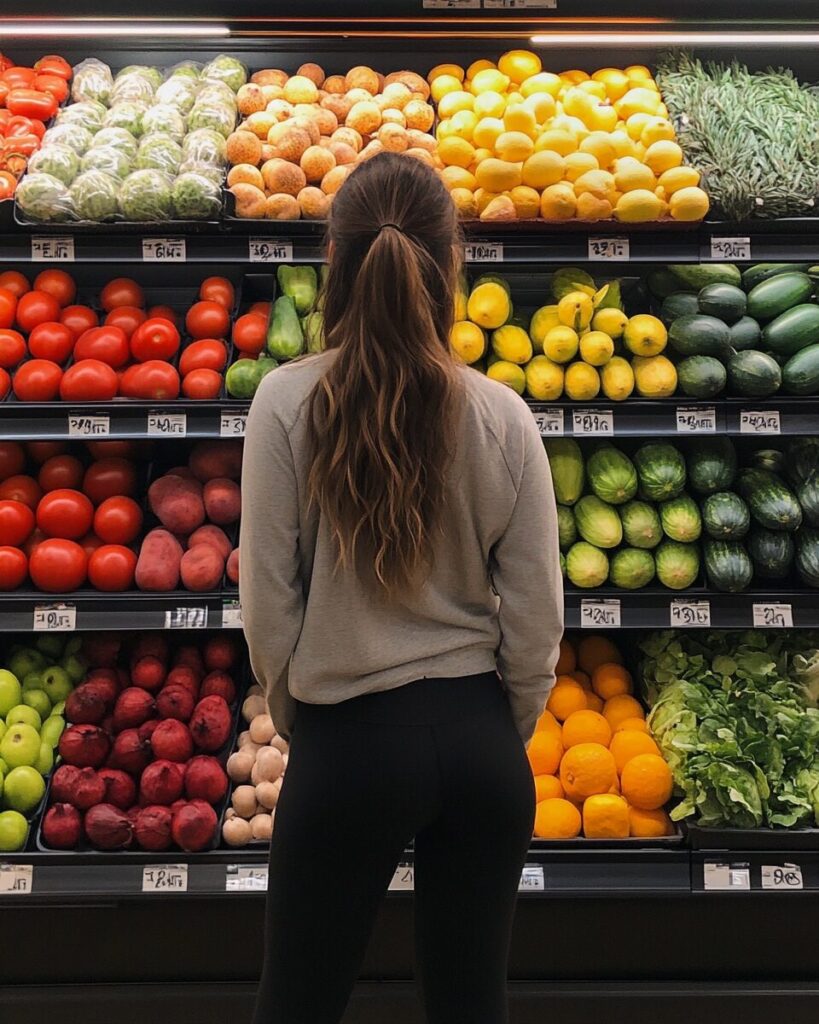I talk a lot about my passion for clean eating — but what does that mean? This post is designed to help you understand what clean eating is all about, how I got started on my own clean eating journey, and tips – big and small – for you to get started on yours.
Table of Contents
So, What is Eating Clean?
Clean eating is a lifestyle choice that focuses on eating more fresh foods, whole foods, and unprocessed foods, as well as foods with tons of nutritional benefits. Specifically, when you eat clean, you’re eating the most nutrient-dense foods, since those are the ones that are best-suited to fuel your body. You’re also limiting foods (as best as possible) that don’t offer a ton of nutritional benefits, including processed foods and foods with unnecessary ingredients like refined sugars, additives, preservatives, and fillers.
Why I Started Eating Clean
Three years ago, I found myself constantly feeling sluggish, battling frequent digestive issues, and struggling to maintain a healthy weight. I realized that my diet, filled with processed foods and sugary snacks, was taking a toll on my overall well-being. It was then that I decided to embark on a journey to clean eating, driven by a desire to improve my health and feel more energized.
The transition wasn’t easy at first. I had to learn to read labels, plan my meals, and make more mindful choices. I started by incorporating more whole foods into my diet, such as fresh fruits, vegetables, whole grains, and lean proteins. I gradually eliminated processed foods and sugary drinks, replacing them with healthier alternatives. Over time, I began to notice significant improvements in my energy levels, digestion, and even my mood.
As I continued on this journey, I discovered a newfound love for cooking and experimenting with different recipes. I learned to appreciate the natural flavors of whole foods and how they could be combined to create delicious and nutritious meals. This lifestyle change not only transformed my relationship with food but also inspired me to prioritize self-care and mindfulness in other areas of my life.
Today, I feel healthier and more vibrant than ever before. Clean eating has become a way of life for me, and I am grateful for the positive impact it has had on my physical and mental well-being. Reflecting on the past three years, I am proud of the progress I have made and excited to continue this journey towards optimal health and wellness.
Clean Eating + Ingredients
Clean eating is a lifestyle choice that emphasizes consuming whole, minimally processed, and nutrient-dense foods. This approach revolves around the idea of nourishing the body with natural ingredients while avoiding heavily processed and artificial products. By focusing on fresh vegetables, fruits, lean proteins, whole grains, and healthy fats, clean eating provides the body with essential nutrients, supports energy levels, and fosters overall well-being. Additionally, this philosophy often encourages mindful eating, where individuals are more conscious of their food choices, portion sizes, and how their meals make them feel.
The foundation of clean eating lies in its ingredients. Fresh produce like leafy greens, colorful vegetables, and seasonal fruits take center stage, offering an abundance of vitamins, minerals, and antioxidants. Lean proteins such as chicken, fish, tofu, and legumes are often paired with complex carbohydrates like quinoa, brown rice, or sweet potatoes for balanced and satisfying meals. Healthy fats, including those from avocado, nuts, seeds, and olive oil, are incorporated to support brain and heart health. Herbs and spices, instead of processed sauces or artificial seasonings, are used to enhance flavors naturally.
Clean Eating + Bio Individual
Everyone is unique and different and it’s important for each person to focus on what works for them specifically. The journey to clean eating is a personal one that requires you to really listen to what your body is telling you and to understand what works for your lifestyle. Clean eating is not something you do 100% of the time…it’s just not possible and that’s why it’s a sustainable lifestyle. Clean eating is all about balance and about figuring out what makes you feel your best self.
I want to make one thing very clear: clean eating is NOT a dieter the answer to your weight loss problems. While some people might lose weight by clean eating, that is not the goal of it. I eat clean because it gives my body the most nourishing foods to help me crush it throughout every facet of my daily life.
What are the benefits of clean eating?
When you eat clean, you’re eating foods that are packed with the nutrients that keep you fuller longer and provide your body with the vitamins, minerals, proteins, and healthy fats that it needs to keep you going. In many cases, people who live a clean eating lifestyle often find themselves feeling better, healthier, and more energized. Eating clean can improve brain and heart health, lead to a stronger immune system, and give you more sustained energy.
So many of the foods we consume and that are sold in grocery stores, are full of chemicals and additives, lacking in sufficient nutrition, and are so highly processed it’s filled with pesticides before they even hit the shelves. That is why I want to share my knowledge with all of you, so you have the knowledge you need to know exactly what you’re putting into your body!
Which foods qualify as being “clean?”
By now you probably have a general idea of clean eating. Let’s talk about what foods I refer to as “clean” with this helpful list:
Clean Foods…
- Are super nutrient-dense
- Are comprised of real, naturally-occurring ingredients with names you recognize
- Are organic or non-GMO whenever possible
- Don’t have any artificial dyes, coloring, or flavor enhancers (including natural flavors)
- Don’t have any fillers or gums (ex. guar gum), thickening agents, or preservatives
- Don’t use inflammatory oils (canola, soybean, vegetable, etc.)
- Don’t have artificial sweeteners (ex. sucralose) or refined sugar (ex. cane sugar, sugar) in products other where you would expect to find them like desserts (looking at you, tomato sauce)

Small changes to help you kick start your clean eating lifestyle
Clean eating is about balance. And as I mentioned before, it is not possible to eat clean all the time and you should never restrict yourself from enjoying foods you love. Clean eating is all about making small changes and having those small changes create a positive impact on your lifestyle. I am a firm believer that you don’t need to spend a ton of money to do this. Start with swaps of items you use regularly or when you finish a product, change it out for something with a clean label. If you’re wondering where to get started and how to make some of those small changes in your own life, I recommend trying some of these strategies:
- Try to actively recognize which foods make you feel sluggish versus which foods give you energy
- Start getting comfortable reading food + beverage labels. Start with a few every time you grocery shop and make a note of ingredients you don’t recognize and then look them up in a ingredient glossary.
- Go through your pantry and read the labels of the products you already have and ones you use regularly. Over time, as you finish a not clean item, swap it out and replace it with a “clean” version
- Eat the rainbow! A colorful, nutrient-rich plate is also the key to a happy body as different colored fruits and vegetables give your body a variety of nutrients
- Try adding more vegetables into your regular meal plans. I highly recommend joining a platform like Misfits Market that helps you save money on organic fruits and vegetables
- Purchase pasture-raised eggs, 100% grass-fed meats, and organic milk (the highest quality kind possible) all of which offer you the most nutrient dense versions of that product

Tips for shopping for clean foods and beverages
My #1 piece of advice for eating clean is to read the labels and to pay attention to the ingredients! If there are words you don’t know or ingredients you’ve never heard of, that’s probably a strong sign that you don’t want to purchase that item. If an ingredient confuses you, look it up in an ingredient glossary! Here are some more suggestions around what to buy:
- Visit local farmers markets or smaller grocery stores (they tend to carry smaller and cleaner brands) whenever you can.
- Shop seasonally. It tastes better, it’ll save you money, and it’s better for the environment.
- Shop frozen fruits and veggies. Not only will it save you money; frozen fruits and veggies often contain more nutrients than non-frozen options.
- Familiarize yourself with dirty dozen lists!
- The Dirty Dozen is a list of 12 conventional (not organic) fruits + veggies that have the highest amount of pesticides sprayed right onto the part that we eat and these are what you should try to eat organic (pesticides seep into fruits/vegetables)
- The Clean 15 is a list of fifteen conventional (not organic) fruits + veggies that have the lowest amount of pesticides and are what you can buy conventional if you don’t want to buy organic.
